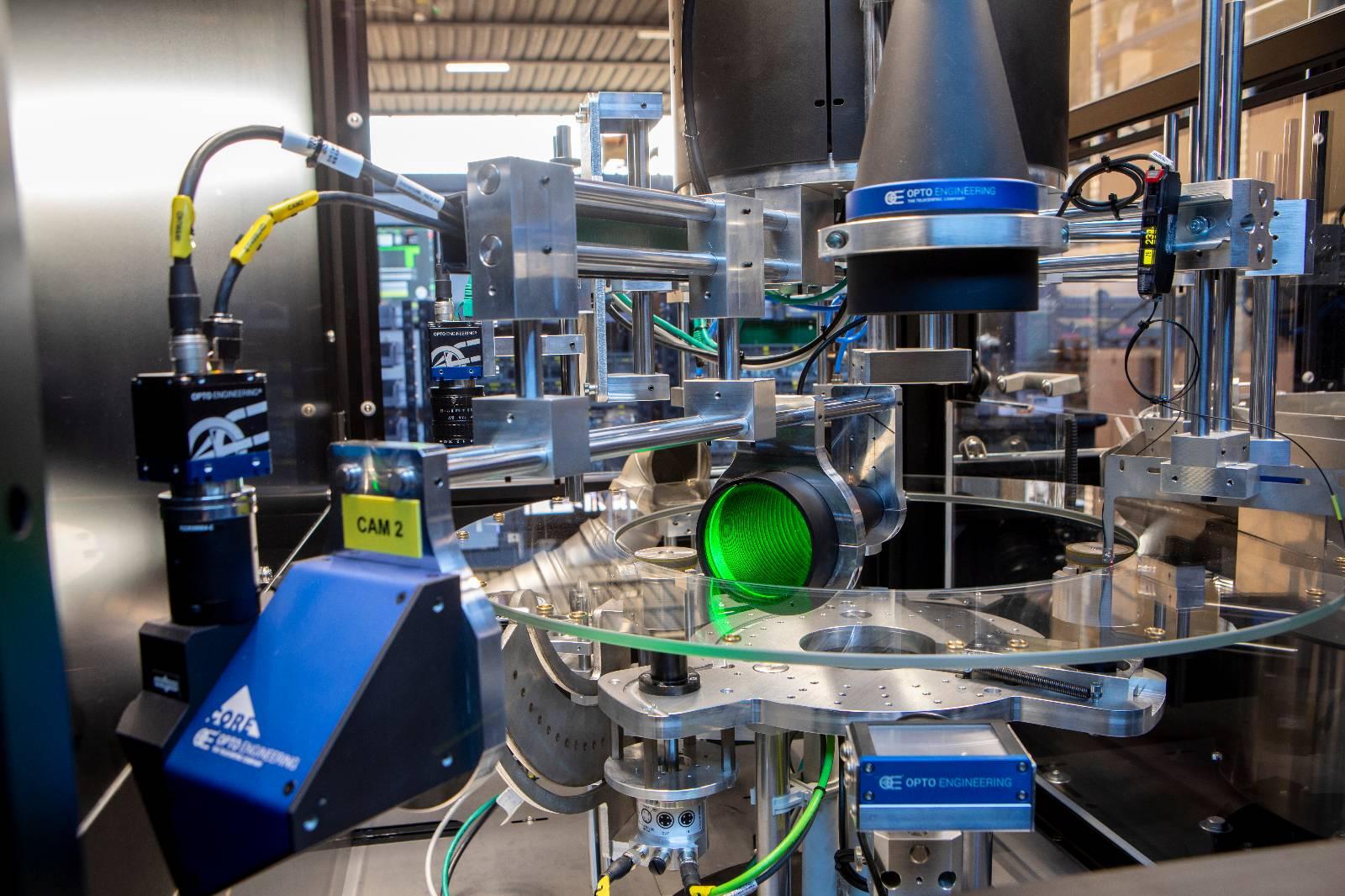Types of vision systems
Several types of vision systems are available on the market, each being characterized by a different level of flexibility, performance and cost. Vision systems can usually be divided into three classes: PC based, compact and smart camera based.
PC based. The classic machine vision system consists of an industrial computer that manages and communicates with all the peripheral devices, such as cameras and lighting, quickly analyzing the information via software. This solution provides high computing power and flexibility, but size and cost can be significant. PC based systems are recommended for very complex applications, where multiple inspection tasks must be carried out at a fast rate with high-performance hardware.
Compact. A “lighter” version of a PC based system is called a Compact vision system. Although it may require some tradeoff between performance and cost, it is often enough for less demanding applications. Compact vision systems usually include a graphics card that acquires and transfers the information to a separate peripheral (e.g. an industrial tablet or an external monitor). Sometimes, compact vision systems not only manage the first level input - lightning, camera and trigger inputs - but also have embedded first level inputs.
Smart Cameras based. The simplest and most affordable vision systems are based on smart or intelligent cameras, normally used in combination with standard optics (typically a fixed focal length lens) and lighting. Although typically recommended for simpler applications, they are very easy to set up and provide similar functionalities to classic vision systems in a very compact form factor.

